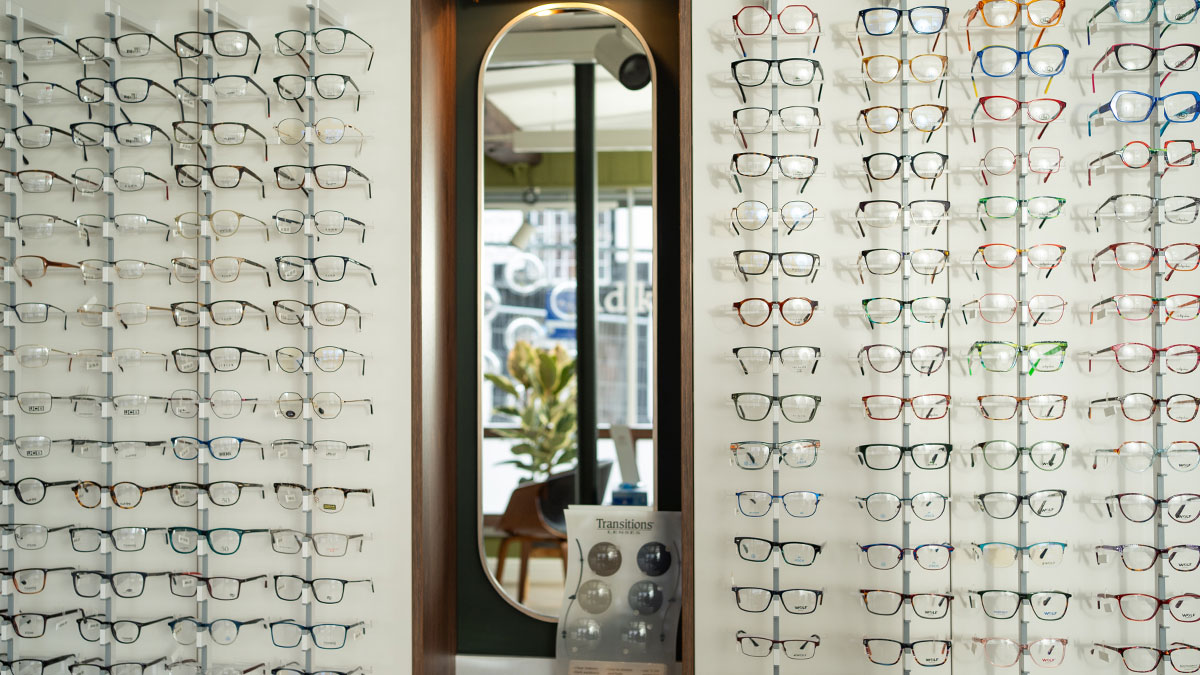Your Spectacle prescription details what focussing problems yours eyes may have
A + (plus) symbol in front of the number indicates long sightedness, whilst a – (minus) symbol indicates shortsightedness.
A number in this sections indicates the amount of astigmatism
Indicates the orientation of the astigmatism
Indicates the amount of extra correction required for presbyopia.
Normally, light is focussed by the cornea and lens to form a sharp image on the retina. Sometimes the eyeball is too long for the shape of the cornea so the light comes to a focus before it reaches the retina. As a result, objects in the distance are blurred although close objects are usually clear.
Short-sightedness can be corrected by spectacles or contact lenses. These lenses correct the vision so that distant objects are clear once again.
Normally, light is focussed by the cornea and lens to form a sharp image on the retina. Long-sightedness occurs when the eyeball is slightly too short so that objects are in focus behind the retina at the back of the eye. This may result in blurred vision when looking in the distance and particularly when looking at near objects and reading.
When we are young, we overcome long-sightedness by changing the shape of the lens in the eye. However, as we get older, the lens gets harder and can no longer bulge out enough. Long-sightedness can be corrected by spectacles or contact lenses.
In a normal eye, light entering the eye is focussed by the cornea and the lens to form a sharp image at the back of the eye on the retina.
Astigmatism occurs when the cornea or lens inside the eye is slightly “rugby ball shaped”, causing a distortion of focus. The effect of this is that lines of different orientations come to a focus at different points in the eye. This results in blurred vision when looking in the distance and reading. The degree and angle of astigmatism can vary from eye to eye.
If you have astigmatism you may notice that objects of certain orientations look clearer.
To see objects at different distances the eye changes its power – just like a camera lens. In the eye this is achieved by a structure called the crystalline lens.
When we are young, the lens is like a sack full of jelly. The lens is attached by very fine fibres to a circular muscle. When this muscle constricts, the lens bulges out and close objects come into focus. As we get older the lens continues to grow and becomes inflexible and the closest point that we can focus on gradually gets further away. Most people over the age of 45 require glasses for reading.

or if you have any questions please contact us by filling the from below or give us a call on 01379 650899